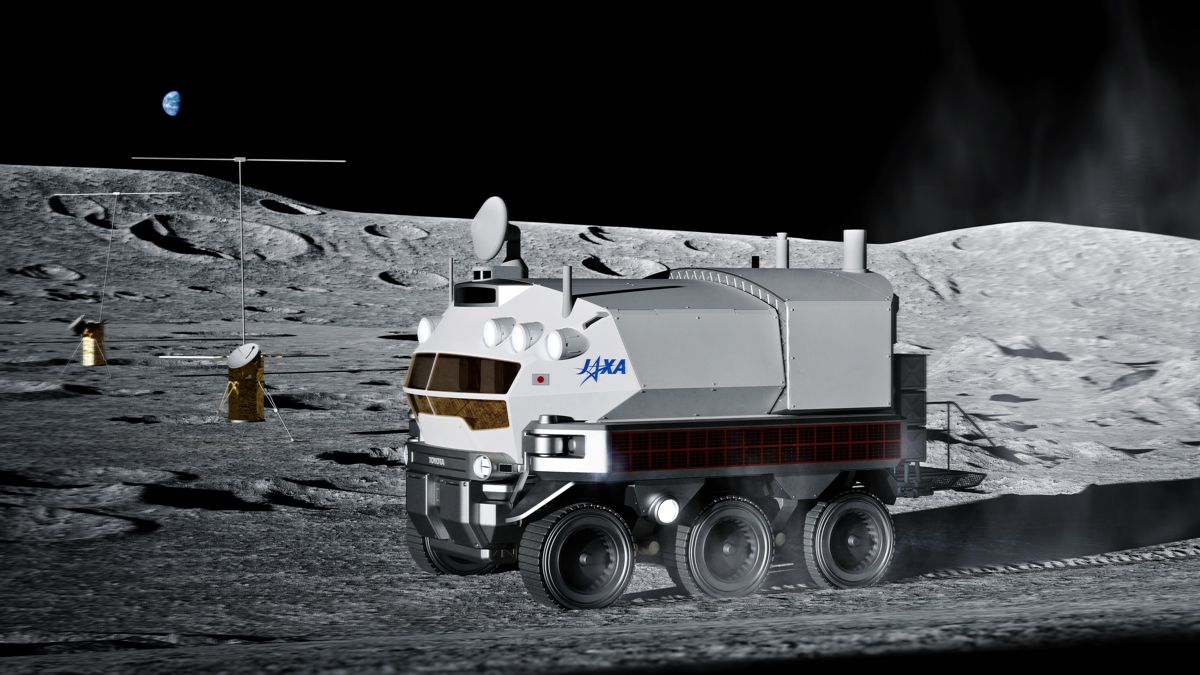Sarcos celebrates validation of Robotic Manipulation of Photovoltaic Panels
Sarcos Technology and Robotics Corporation, a leader in the design, development, and manufacture of advanced robotic systems that redefine human possibilities, announced today that it has successfully completed final validation of its Outdoor Autonomous Manipulation of Photovoltaic Panels (O-AMPP) project.
During this field trial, Sarcos collaborated with Mortenson, JLG Industries, Array Technologies, and Pratt Miller to achieve this critical project milestone at a Mortenson project site, which validated the Sarcos robotic solar field construction solution.
“Achieving this market validation and field test milestone is a mission-critical step on our path to commercializing our robotic solar field construction solution and, ultimately, enhancing safety and productivity in the solar field construction industry,” said Kiva Allgood, president and CEO, Sarcos. “I am grateful to the teams at Mortenson, JLG Industries, Pratt Miller, and Array Technologies for their support, expertise, and resources throughout this process, and we look forward to collaborating in the future as we prepare to make this solution readily available to the industry.”
“The solar construction industry is facing unprecedented labour shortages while simultaneously facing an increase in demand for solar energy,” said Trent Mostaert, vice president, industrialization, Mortenson. “We believe the O-AMPP system can address these challenges while improving safety, productivity, and efficiency for our workers. It will also enable solar project developers to scale output and production to the levels needed to achieve the Energy Department’s 2030 and 2050 renewable energy goals. We are excited about the possibilities and potential impact of the O-AMPP system in solar construction.”
According to the Solar Energy Industries Association (SEIA), annual solar installations will need to increase by 60% between now and 2030 in order to meet the Biden administration’s climate targets of solar energy reaching 30% of U.S. electricity generation by 2030. To meet this solar installation goal, SEIA estimates that an anticipated workforce expansion of nearly 900,000 new workers will be required. Given current labour force limitations—the U.S. solar industry employed approximately 230,000 workers in 2020—and a labour-intensive solar installation process, the solar field construction market represents a potentially massive addressable market for robotic technology.
The O-AMPP project, which began in 2021 with funding support from the U.S. Department of Energy Solar Energy Technologies Office (SETO), aims to streamline the process of solar field construction into one harmonized robotic system to deliver, detect, lift, and place photovoltaic modules in the field. The benefits for energy companies implementing the system for solar construction include lower soft costs for projects, the ability to engage in more projects simultaneously, improved construction timelines and quality, and a safer worksite that reduces the risk of injuries, including lifting and fatigue-related injuries.
During the validation of this system, a proof-of-concept O-AMPP system consisting of an Autonomous Working Vehicle featuring the Guardian® XM robotic system, and an Autonomous Delivery Vehicle, was used to optimize the flow of photovoltaic modules from delivery to installation. Sarcos collaborated with several leading companies involved in the renewable energy industry to complete this testing, including:
- Mortenson provided critical subject matter expertise and a validation site.
- JLG Industries supplied the mobile elevating work platform used for the Autonomous Working Vehicle, onto which the Guardian XM robotic system was mounted and integrated.
- Array Technologies supplied the tracker technology used in the project along with engineering resources.
- Pratt Miller provided the mobile base, leveraging their Flexible Robotic Platform with the PM-ADS™ autonomy system, on which the Autonomous Delivery Vehicle prototype was built.

Sarcos expects to commercially launch its robotic solar field construction solution in 2024.




















